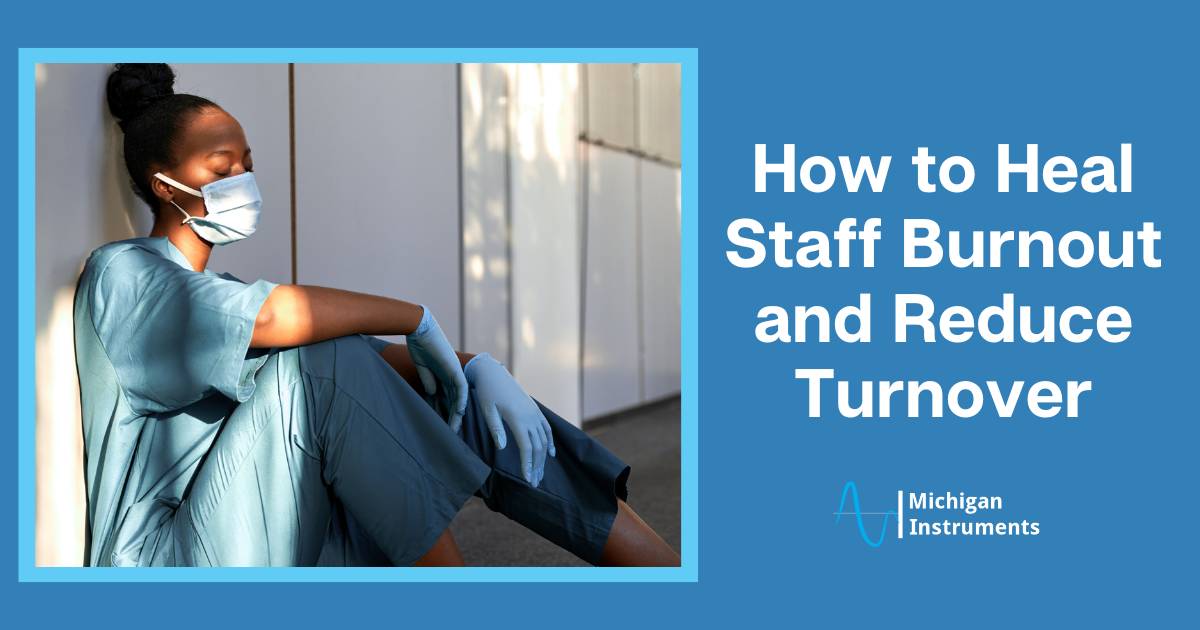
As the healthcare industry continues to grow, so does the demand for qualified medical professionals. To do this, you need to recruit medical students to your program.
However, with so many accredited medical programs available, it’s now more difficult than ever to attract students to your program. To help you stand out among other programs, keep reading to learn about ways to attract students to your medical program.
How to Recruit Medical Students to Your Program
1. Emphasize Your Program’s Unique Features
It’s important to highlight the specific aspects of your program that set it apart from others. This could include specialized training in a certain area, access to state-of-the-art technology, or opportunities for hands-on experience.
Students want to know what to expect when coming into a new program, so be transparent and explain to them all the benefits you want them to know about. This way, they can make an informed decision when they’re choosing between programs.
2. Share Success Stories
Prospective students want to know that your program is going to help them achieve their career goals. To demonstrate the knowledge and skills that your program can give them, share stories of alumni who have gone on to find successful careers in the medical field and highlight how your program helped them get there.
This will not only show your capability of teaching students the curriculum they need, but will also help them find inspiration in others that have done the same program. Remember, word of mouth is a powerful tool.
3. Use Social Media
Social media platforms, like TikTok, give you the opportunity to showcase your program’s offerings and connect with potential new students. Share photos and videos of your facilities, faculty, and students to give a behind-the-scenes look at your program.
It’s important to be informative—however, it’s just as important to craft personal messages to connect with your audience.
4. Offer More Scholarships and Financial Aid
The cost of medical programs can be a major barrier for a lot of students. Offering scholarships and financial aid can help attract students who may not have otherwise considered your program.
There are lots of resources available for more information about providing financial help. Before doing so however, you need to read up on the IRS requirements for starting a scholarship fund.
5. Utilize Advanced Technology
Medical technology has made impressive advances in the past decade. For instance, our lung simulators can provide helpful training and practice for medical students, particularly in the Pulmonology and Respiratory fields.
Our Lungs offer residual lung volumes and a dynamic response to therapy that realistically demonstrates how the human pulmonary system works.
What’s the Difference Between Michigan Instruments’ Lung Simulators and Other Devices on the Market?
Unlike other devices on the market today, our lung simulators are available in both adult and infant models. This range of calibrated lung compliance and airway resistance settings allow our devices to replicate hundreds of healthy and diseased lung conditions, while providing accurate data to contribute to your testing, research, and training.
Our recently launched Spontaneous Breathing Lung is a great addition to any respiratory therapy program. The SBL™ provides accurate simulation of a breathing patient and is available on any of our lung simulators. It’s beneficial for designing, testing, and training for non-invasive and supportive modes of ventilation and oxygenation.
With our SBL™, the sky’s the limit. Our devices have been used for almost everything—from studying the dispersion of aerosols and inhalers, to assessing the responsiveness of the latest technologies.
Learn More About How Our Devices Can Benefit Your Medical Program
For more information about our devices and how they can better your program, contact us today and get in touch with a service specialist that can answer all your questions!


